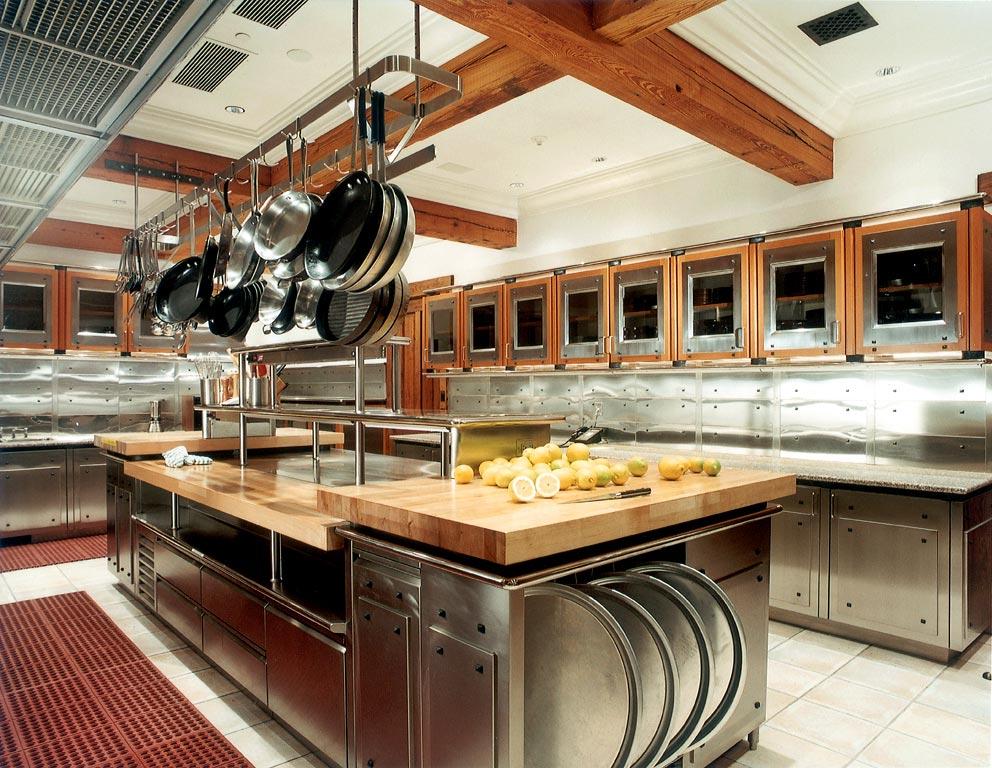When it comes to provisions for commercial kitchens, the buck doesn’t stop with maintaining a clean and hygienic environment. Several other factors have to be in place to ensure a safe and conducive working environment. Today, we delve into the various provisions that need to be in place, when setting up commercial kitchens.
#1 HVAC
HVAC which stands for Heating, Ventilation and Air Conditioning, needs to be of topmost priority when setting up commercial kitchens. With it in place, excess steam can be extracted from inside the kitchen while cool air from the exterior, is introduced into the space. This enhances functionality of the space by reducing the likelihood of someone within the space passing out because of the heat.
#2 Electricals
When it comes to Electricals, having provisions in place for both triple-phase and single-phase equipment will ensure that one is able to get the maximum output from the different appliances. Equipment like fryers, coffee machines, grills and bakery equipment perform optimally with triple-phase electrical current. While less heavy equipment like juicers and burners work well with single-phase power provisions. The option to have gas as an alternative source of fuel for combustion, is also a consideration as it will reduce the overall electricity consumption of the kitchen.
#3 Plumbing
When it comes to Plumbing, it goes without saying that a commercial kitchen requires a constant supply of clean running water. A grease trap will also need to be installed to sieve the kitchen water before it runs into the main drainage system. This is so as to reduce the chances of a blockage happening. To mitigate against contamination, commercial kitchens need separate sinks each serving a specific function. These sinks include one for cleaning i.e., walls and floors, a second for hand washing, and a third for food preparation and washing.
#4 Flooring
The commercial kitchen Flooring on the other hand, must be non-porous, nonslip and easy to maintain and clean. Options like resin (epoxy), tiles and vinyl are highly recommended, with the most preferred option being epoxy because of its durability and the fact that they remain slip resistant even when wet, dry or greasy.
#5 Layout
The Layout of commercial kitchens can vary from open plan and island kitchen layout to zoning and assembly line layout. The one factor, however, that remains constant is the spacing of the passage ways. For ease of movement and in order to minimise accidents from happening, the minimum recommended passage ways spacing is set at 1200mm.
#6 Equipment
When it comes to Equipment, it goes without saying that stainless steel fittings are the most highly recommended for any commercial kitchen. This is because of their corrosion resistance, durability and how easy it is to clean and maintain them.
With these provisions in place, one can easily go ahead and set up their commercial kitchen. Should they however, face any challenge and/or require further clarification, they need not get stuck n a rut. We are but a call away and will be more than happy to be of assistance.
Till next time…Baraka Tele


